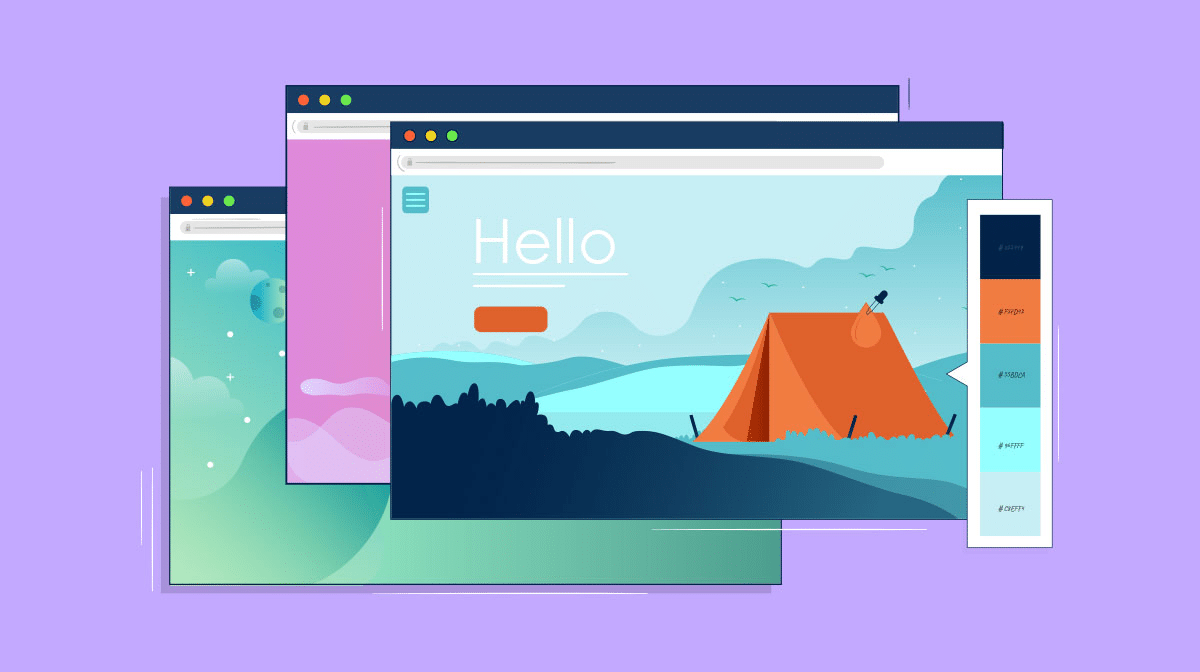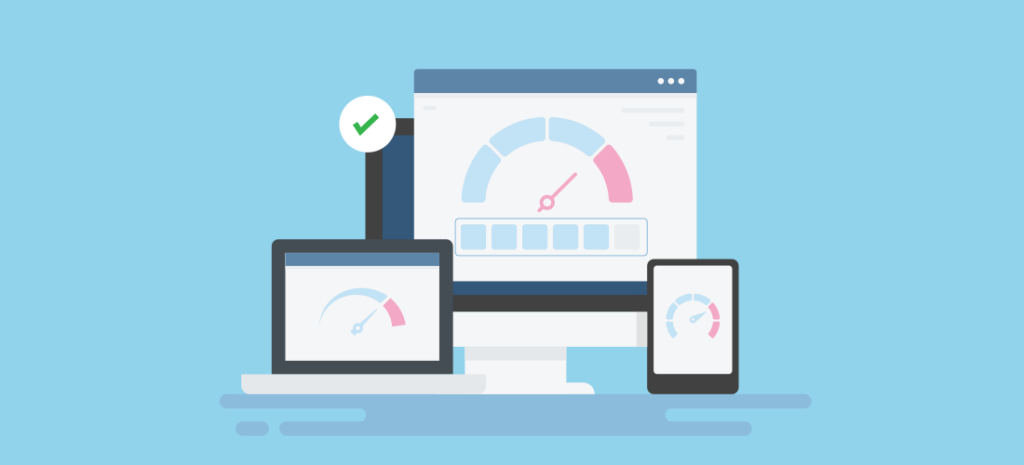Designing Effective Landing Pages for Maximum Impact
Introduction
Landing pages have become vital tools for organizations and marketers in the digital age for capturing leads, promoting products, and driving conversions. A well-designed landing page can have a substantial impact on an online campaign’s success. Creating a great landing page, on the other hand, needs careful planning and consideration of numerous factors. In this post, we’ll look at the major elements of a great landing page and offer practical advice on how to optimize them for maximum impact. How should landing pages be designed?
The Importance of Landing Pages
1. Defining Landing Pages
Before we get into the design details, it’s important to understand what landing pages are. A landing page is a standalone web page designed to accomplish a specific goal, such as advertising a product, gathering email addresses, or persuading people to register for a webinar. Landing pages, as opposed to conventional internet pages, are intended to achieve a single major aim. For landing page design see this.
A well-designed landing page removes distractions and focuses visitors’ attention on a single call-to-action (CTA), enhancing conversion rates. Users typically arrive at a landing page via a specific source, such as an ad or email campaign. As a result, the landing page must give exactly what was promised in that source while also providing a smooth user experience.
2. Capturing Visitor Attention
A landing page’s first and most important goal is to capture the visitor’s attention within seconds. With so many distractions on the internet, visitors’ attention spans are short, and a poorly designed landing page can result in high bounce rates and wasted chances.

A great headline (H1) is essential for capturing attention on a landing page. The title should be precise, simple, and relevant to the offer. It should communicate the key value offer and entice visitors to learn more. Incorporating dynamic graphics, such as photographs or videos, can further improve the page’s attractiveness and engagement.
3. Crafting an Engaging Structure with Headings (H2) and Subheadings (H3)
Aside from the primary title, good headers and subheadings can increase the scannability of the landing page greatly. Visitors frequently scroll over articles in search of relevant information. Headings (H2) and subheadings (H3) divide the material into manageable sections, allowing visitors to locate what they’re seeking for more easily.
Each heading’s text should be brief and compelling. Focus on emphasizing the benefits of the product and addressing potential target audience pain points. Well-structured headings and subheadings can also have an impact on the visual hierarchy of the page, directing visitors’ attention to the most important parts and guiding them through the conversion process.
4. Utilizing Engaging Visuals
Visual components are essential in developing an effective landing page. Images and videos may efficiently convey emotions, display items, and demonstrate services. High-quality pictures not only enhance the page’s appeal but also lend credibility to the offer.
To avoid poor loading times, utilize images that are related to the offer and are optimized for web use. Incorporate videos judiciously, keeping them brief and focused on the value of the offer. Videos can be very effective in explaining complex concepts or demonstrating products in action. https://livein.solutions/
5. Designing a Persuasive Call-to-Action (CTA)
Any landing page’s heart is the call-to-action (CTA). It is the element that encourages visitors to take the intended action, such as completing a purchase or subscribing to a newsletter. A well-designed CTA jumps out on the page, attracting attention with contrasting colors and enticing language.
The CTA should be direct, succinct, and actionable. Use action verbs to entice users to take immediate action, such as “Buy Now,” “Sign Up Today,” or “Get Started.” Consider strategically arranging the CTA on the page, such as at the top, middle, and bottom, so users never miss an opportunity to convert.
6. Ensuring Mobile Responsiveness
Because mobile devices are becoming more popular, improving landing pages for mobile responsiveness is crucial. Smartphones and tablets account for a major amount of internet traffic, and if a landing page is not mobile-friendly, it can result in a considerable loss of potential clients.
A mobile-responsive landing page automatically adjusts its structure and content to accommodate different screen sizes and resolutions, ensuring a consistent user experience across all devices. Test your landing page on various mobile devices to check that all elements are properly displayed and the CTA is easily accessible.

7. A/B Testing for Optimization
It is an iterative process to create an excellent landing page. Even with the best-laid plans, there is always space for improvement. A/B testing (split testing) is a useful tool for determining which elements on a landing page convert the best.
You can compare two or more variations of the same landing page by modifying individual components such as headlines, graphics, or CTAs using A/B testing. Analyze the test data to determine which version resonates the most with your target audience. Continuous A/B testing can lead to considerable changes in the performance of your landing page over time.
8. Building Trust with Testimonials
How should landing pages be designed? Trust is an important aspect in persuading visitors to convert. In order to generate credibility and confidence in your offer, provide testimonials from delighted consumers. Testimonials provide social proof that others have had a favorable experience with your product or service, which can persuade future customers to buy.
When using testimonials, be certain that they are genuine and relatable. Include the customer’s name, photo, and any other pertinent information that contributes to the testimonial’s authenticity. Use video testimonials if possible for a more powerful impact.

Conclusion
Finally, creating good landing pages is a critical component of any internet marketing approach. Businesses and marketers can develop landing pages that catch attention, engage visitors, and increase conversions by applying the strategies and best practices indicated in this article. Remember that a good landing page is about analyzing the audience, properly articulating the value proposition, and optimizing for the best outcomes. So, start adopting these methods and watch the performance of your landing page skyrocket! Monitor the performance of your landing pages on a regular basis and be ready to adjust and improve depending on the insights gathered from testing and analyzing user behavior. You can dramatically improve your online marketing efforts and obtain astonishing results by using a well-designed landing page. How should landing pages be designed?






